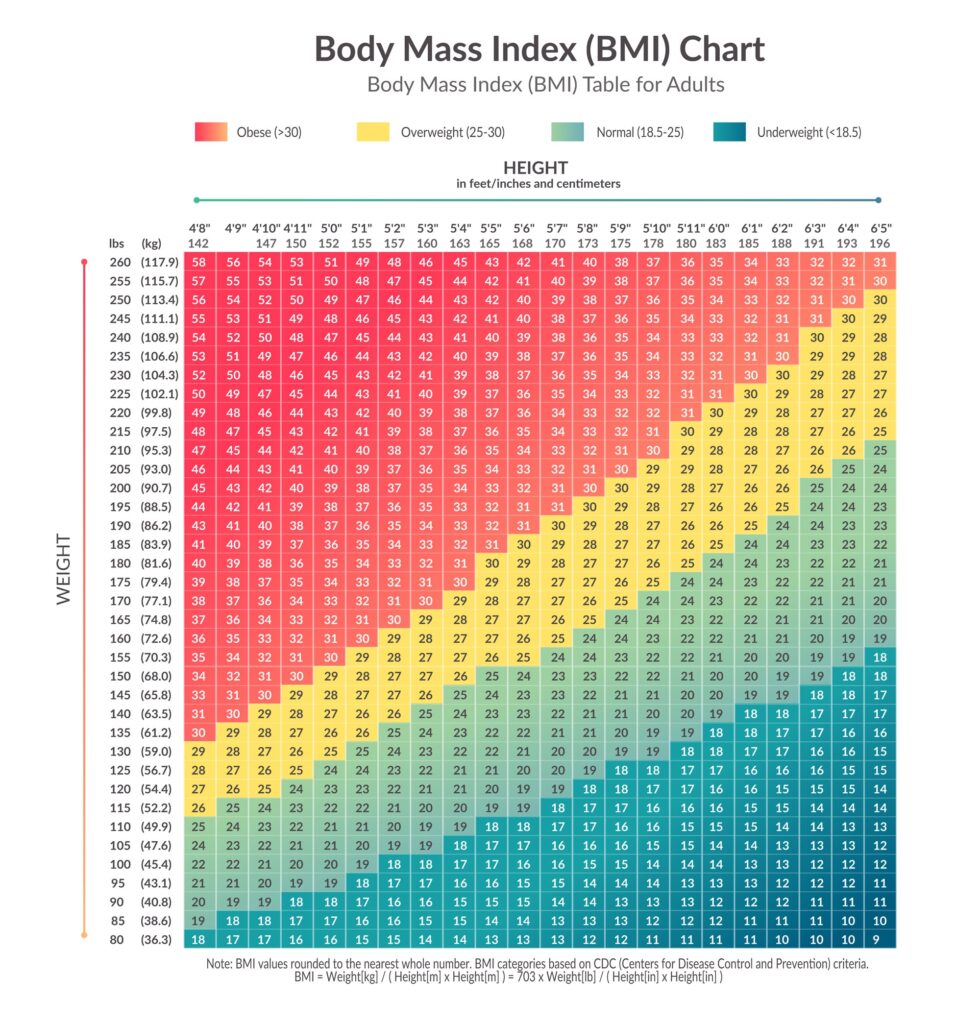Body Mass Index (BMI) is a numerical value derived from an individual’s weight and height, calculated using the formula:
BMI = weight (kg) / [height (m)]²
This metric provides a general indication of body fatness and is commonly used to categorize individuals into various weight status categories:
- Underweight: BMI less than 18.5
- Normal weight: BMI 18.5–24.9
- Overweight: BMI 25–29.9
- Obese: BMI 30 or higher Wikipedia

These categories help assess potential health risks associated with body weight.
Importance of BMI Results
BMI serves as a useful screening tool to identify individuals who may be at risk for health problems related to underweight or overweight status. For instance, a high BMI can be associated with increased risk for conditions such as:
- Heart disease
- Type 2 diabetes
- High blood pressure
- Certain cancers BMI Calculator USA
Conversely, a low BMI might indicate malnutrition or other underlying health issues.
Limitations of BMI
While BMI is a convenient and widely used measure, it does not differentiate between muscle and fat mass. Therefore, individuals with high muscle mass, such as athletes, may have a high BMI but low body fat. Additionally, BMI does not account for fat distribution, which can be an important factor in health risk assessment.
Complementary Measures
To obtain a more comprehensive understanding of an individual’s health, BMI should be considered alongside other assessments, such as:
- Waist circumference: Measures abdominal fat, which is a risk factor for metabolic diseases.
- Waist-to-hip ratio: Assesses fat distribution.
- Body composition analysis: Determines the proportion of fat and lean mass in the body.
These additional measures can provide a more accurate evaluation of health risks associated with body weight. Verywell Health
If you’re interested in calculating your BMI, you can use online tools provided by reputable health organizations.